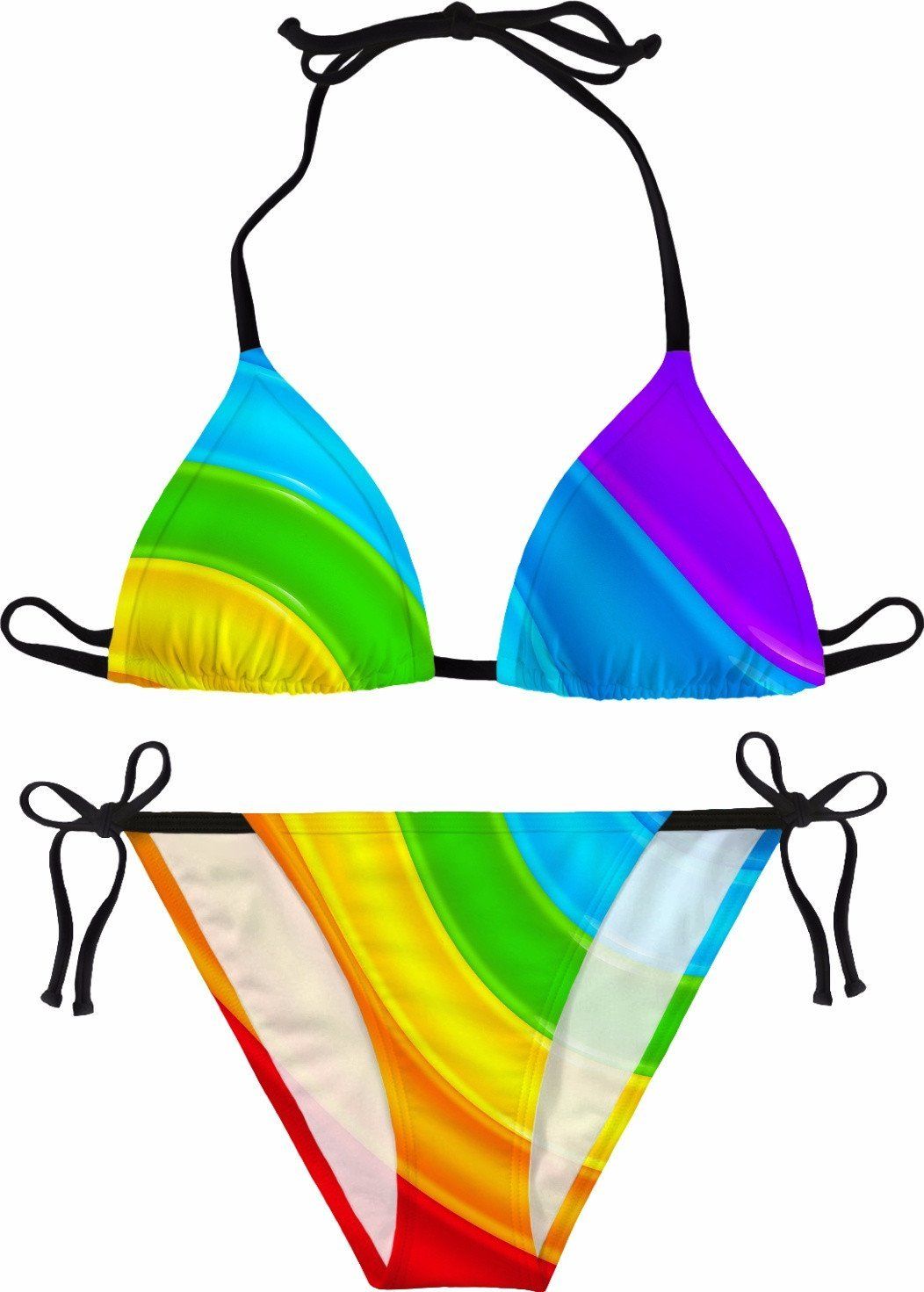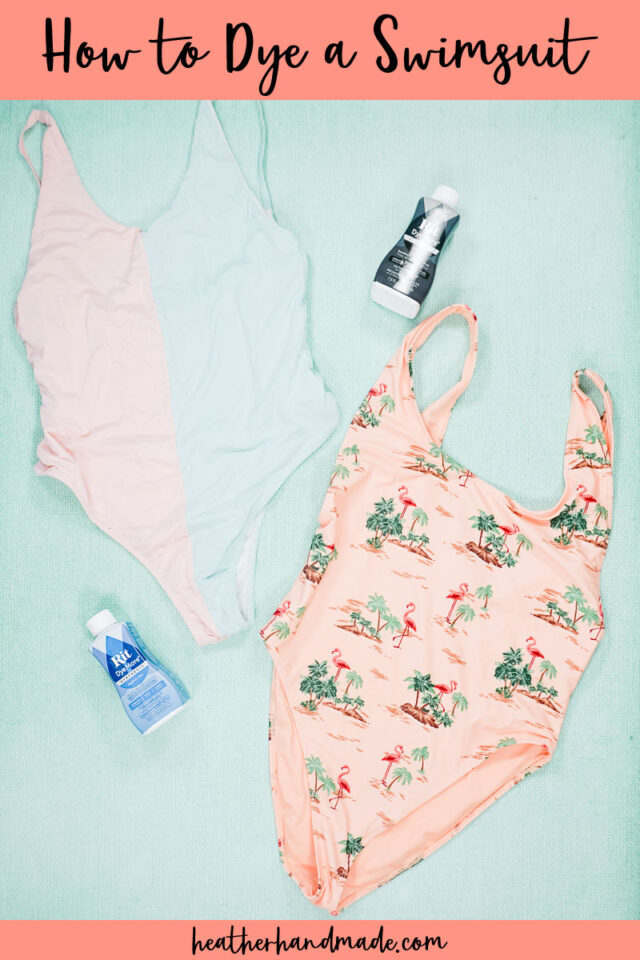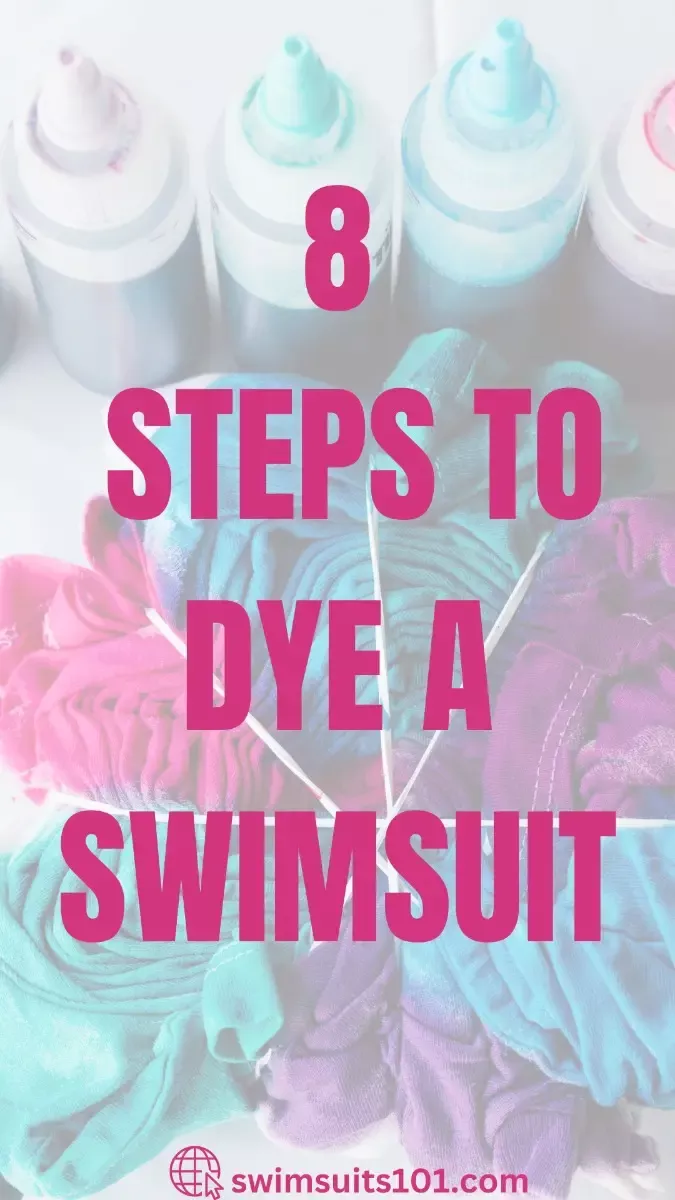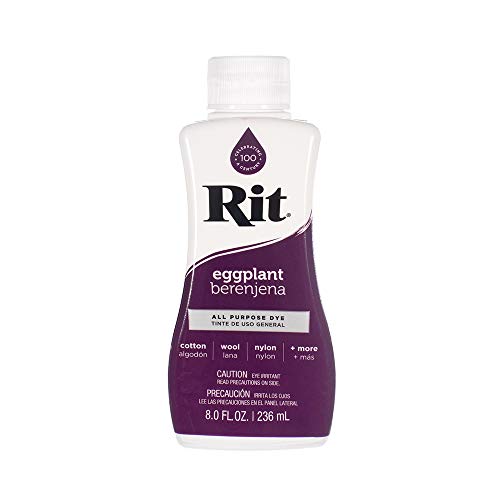Content Menu
● Understanding Swimwear Fabrics
● Choosing the Right Dye
● Preparation is Key
● The Dyeing Process
● Alternative Dyeing Techniques
● Pros of Dyeing Your Swimwear
● Cons and Considerations
● Maintaining Your Dyed Swimwear
● Safety Considerations
● Conclusion
Have you ever looked at your swimsuit and thought, "I wish I could give this a new lease on life"? Well, you're in luck! The world of swimwear dyeing is a vibrant and exciting one, filled with possibilities to transform your beach attire into something truly unique. Whether you're looking to revive a faded favorite or create a one-of-a-kind piece, dyeing your swimwear can be a fun and rewarding project. In this comprehensive guide, we'll dive deep into the art of dyeing swimsuits, exploring techniques, methods, pros, and cons to help you make a splash with your newly colored swimwear.

Understanding Swimwear Fabrics
Before we plunge into the dyeing process, it's crucial to understand the fabric composition of your swimsuit. Most modern swimwear is made from synthetic materials like nylon, polyester, or spandex (also known as Lycra or elastane). These fabrics are chosen for their durability, stretch, and quick-drying properties. However, their synthetic nature can make them more challenging to dye compared to natural fibers like cotton.
The good news is that with the right techniques and products, you can successfully dye most swimsuits. Nylon, in particular, takes dye quite well, while polyester can be more resistant. Spandex, which is often blended with other fibers, can also be dyed, but it requires special care to maintain its elasticity.
Choosing the Right Dye
Selecting the appropriate dye is crucial for achieving the best results. For swimwear, you'll want to use a dye specifically formulated for synthetic fabrics. Look for products labeled as "all-purpose" or "synthetic" dyes. These are designed to work with the molecular structure of synthetic fibers, allowing for better color absorption and longevity.
Some popular brands that offer suitable dyes for swimwear include Rit DyeMore, iDye Poly, and Jacquard iDye. These products come in a wide range of colors, allowing you to choose anything from subtle pastels to vibrant neons.

Preparation is Key
Before you begin the dyeing process, proper preparation is essential. Start by thoroughly cleaning your swimsuit to remove any oils, sunscreen residue, or other contaminants that could interfere with the dye absorption. Use a gentle detergent and rinse well.
Next, gather all your supplies. You'll need:
◆ Your chosen dye
◆ A large stainless steel or enamel pot (avoid aluminum, as it can react with the dye)
◆ A long-handled spoon for stirring
◆ Rubber gloves to protect your hands
◆ A thermometer to monitor water temperature
◆ Salt or vinegar (depending on the dye instructions)
◆ Old towels or newspapers to protect your work surface
It's also a good idea to work in a well-ventilated area and wear old clothes that you don't mind getting stained.

The Dyeing Process
Now that you're prepared, it's time to start dyeing! While the exact process may vary depending on the dye you've chosen, here's a general guide:
1. Fill your pot with enough hot water to fully submerge the swimsuit. The water should be just below boiling point (around 200°F or 93°C).
2. Add the dye to the water according to the package instructions. Some dyes may require you to dissolve them in hot water first before adding to the pot.
3. If your dye instructions call for salt or vinegar as a fixative, add it now and stir until fully dissolved.
4. Wet your swimsuit with clean water and gently squeeze out the excess. This helps the fabric accept the dye more evenly.
5. Carefully lower the swimsuit into the dye bath. Use your long-handled spoon to submerge it fully and ensure all parts are exposed to the dye.
6. Stir the swimsuit gently and continuously for the first 10 minutes. This is crucial for achieving an even color distribution.
7. Continue to simmer the dye bath, stirring occasionally, for about 30 minutes to an hour, depending on the desired color intensity. Remember, the swimsuit will appear darker when wet, so it's a good idea to lift it out occasionally to check the color.
8. Once you're satisfied with the color, remove the swimsuit from the dye bath and rinse it under cool running water until the water runs clear.
9. Wash the swimsuit in cool water with a mild detergent to remove any excess dye.
10. Hang your newly dyed swimsuit to air dry, avoiding direct sunlight which can fade the color.

Alternative Dyeing Techniques
While the stovetop method is the most common for dyeing swimwear, there are other techniques you can explore:
◆ Tie-Dye: This popular method can create unique patterns and designs on your swimsuit. To tie-dye, you'll need to fold, twist, or bunch your swimsuit and secure it with rubber bands before applying the dye. This technique works best with lighter colored or white swimsuits.
◆ Ombre: Create a gradient effect by dipping only part of your swimsuit into the dye bath. Start with the darkest section at the bottom and gradually lift the swimsuit out of the dye bath over time to achieve a faded effect.
◆ Dip-Dye: Similar to ombre, but with more defined color blocks. Dip different sections of your swimsuit into different colors of dye to create a multi-colored effect.
◆ Spray Dyeing: For more precise designs or patterns, you can use fabric spray dyes. This method allows for greater control over where the color is applied.

Pros of Dyeing Your Swimwear
Dyeing your swimwear comes with several advantages:
◆ Cost-Effective: Instead of buying a new swimsuit, you can breathe new life into an old one at a fraction of the cost.
◆ Customization: You have complete control over the color and design, allowing you to create a truly unique piece.
◆ Sustainability: By upcycling your existing swimwear, you're reducing waste and being more environmentally friendly.
◆ Creativity: The dyeing process can be a fun and creative outlet, allowing you to express your personal style.
◆ Revitalization: Faded or discolored swimsuits can be restored to their former glory or given a completely new look.

Cons and Considerations
While dyeing swimwear can be rewarding, there are some potential drawbacks to consider:
◆ Unpredictable Results: The final color may not exactly match what you envisioned, especially if you're dyeing a swimsuit that isn't white or light-colored to begin with.
◆ Potential Damage: The dyeing process involves high temperatures and chemicals that could potentially damage delicate swimwear fabrics or affect their elasticity.
◆ Time and Effort: Dyeing swimwear properly takes time and careful attention to detail. It's not a quick fix.
◆ Mess: The dyeing process can be messy, and there's always a risk of staining your work area or other items.
◆ Fading: Home-dyed swimsuits may fade more quickly than professionally dyed ones, especially with frequent exposure to chlorine or saltwater.

Maintaining Your Dyed Swimwear
To keep your newly dyed swimsuit looking its best, follow these care tips:
◆ Rinse your swimsuit in cool water immediately after use, especially if you've been in chlorinated or salt water.
◆ Hand wash your swimsuit using a mild detergent designed for delicates.
◆ Avoid wringing or twisting your swimsuit; instead, gently squeeze out excess water.
◆ Lay your swimsuit flat to dry in a shaded area, away from direct sunlight.
◆ Avoid using fabric softeners or bleach, as these can damage the fabric and fade the color.

Safety Considerations
When dyeing swimwear, it's important to prioritize safety:
◆ Always work in a well-ventilated area to avoid inhaling dye fumes.
◆ Wear protective gloves to prevent skin staining and irritation.
◆ Keep dyes and chemicals out of reach of children and pets.
◆ Never use pots or utensils for dyeing that you also use for food preparation.
◆ Follow the manufacturer's instructions carefully, including proper disposal of dye materials.
Conclusion
Dyeing your swimwear can be an exciting way to refresh your beach or pool attire. With the right techniques, materials, and a bit of patience, you can transform a plain or faded swimsuit into a vibrant, personalized piece that reflects your unique style. Whether you opt for a solid color, a trendy tie-dye pattern, or an eye-catching ombre effect, the possibilities are endless.
Remember that dyeing swimwear is as much an art as it is a science. Don't be discouraged if your first attempt doesn't turn out exactly as planned – each dyeing experience is an opportunity to learn and improve your skills. With practice, you'll become more confident in your ability to create stunning, custom-dyed swimwear.
So, the next time you're tempted to toss out that old swimsuit, consider giving it new life with a fresh coat of color. Not only will you save money and reduce waste, but you'll also have the satisfaction of wearing a one-of-a-kind creation that's sure to turn heads at the beach or pool. Dive into the world of swimwear dyeing and let your creativity swim free!







































































